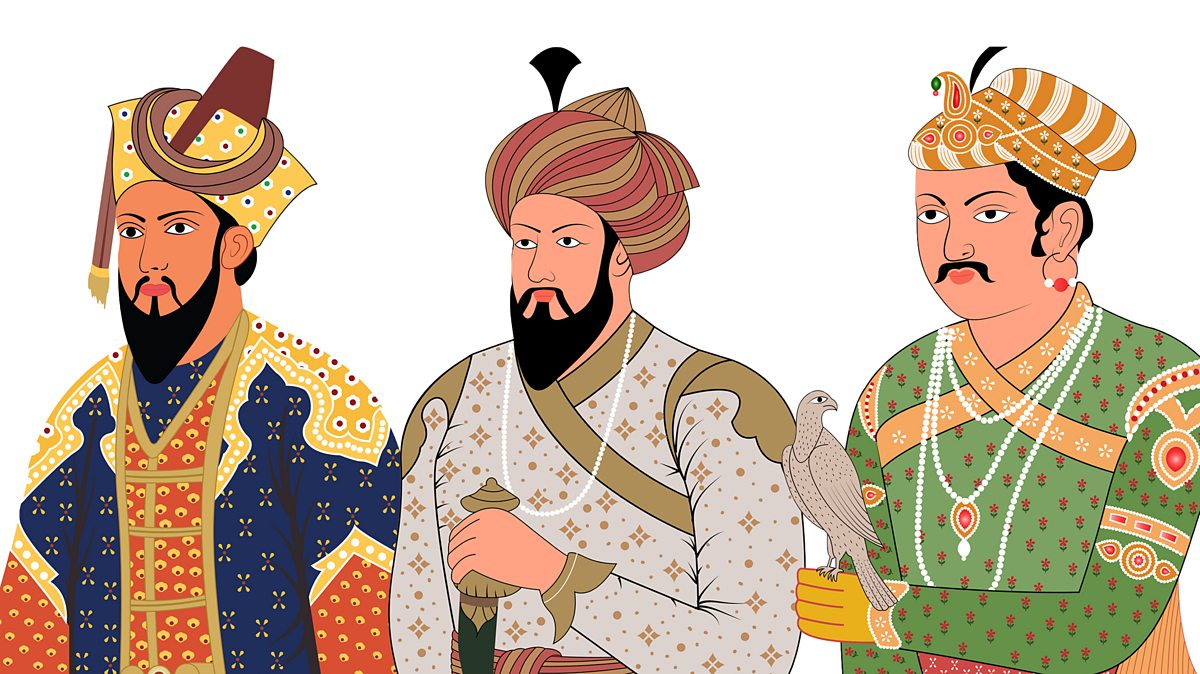Font size:
Print
Sickle Cell Disease
Context:
ICMR is seeking Expressions of Interest (EoI) from eligible organisations for the collaborative development and commercialization of a low-dose or paediatric oral formulation of hydroxyurea intended for treating sickle cell disease in India.
More on news:
- The Indian Council of Medical Research (ICMR) initiative aims to treat sickle cell disease in India.
- India has the highest prevalence of sickle cell disease in South Asia.
- Over 20 million individuals affected by sickle cell disease reside in India.
- Most pharmaceutical companies in India currently market hydroxyurea in 500 mg capsules or 200 mg tablets.
- Initiating a low dose treatment becomes a tedious task for service providers, as the capsule or tablet has to be broken down appropriately to be administered in accordance with body weight.
- Thereby risking the efficacy available with measured doses.
- The biggest challenge in treatment is the lack of availability of hydroxyurea in suspension form for effective use in pediatric patients.

Sickle Cell Disease:
- Sickle cell disease is one of the most common monogenic disorders of haemoglobin.
-
- It is an inherited disorder part of sickle cell disease.
- It affects the shape of red blood cells, which carry oxygen throughout the body.
- Normal red blood cells are round and flexible, allowing easy movement through blood vessels.
- In sickle cell anaemia, some red blood cells are shaped like sickles or crescent moons.
- Sickle cells are rigid and sticky, which can slow or block blood flow.
- The name “sickle cell anaemia” comes from the sickle shape of the affected red blood cells.
- Treatment focuses on relieving pain and preventing complications.
- Hydroxyurea, a myelosuppressive agent, is effective for treating sickle cell disease and thalassemia.
- Symptoms:
- They usually appear around 6 months of age. They vary from person to person and may change over time, symptoms include:
- Anaemia. Sickle cells break apart easily and die. Typical red blood cells usually live for about 120 days before they need to be replaced.
- They usually appear around 6 months of age. They vary from person to person and may change over time, symptoms include:
- But sickle cells usually die in 10 to 20 days, leaving a shortage of red blood cells..
- Episodes of pain.
- Swelling of hands and feet.
- Frequent infections.
- Delayed growth or puberty,Vision problems.
What’s the difference between sickle cell anaemia and sickle cell disease?
- Sickle cell disease is an umbrella term for the many different types of sickle cell disorders.
- Healthcare providers reserve the term “sickle cell anaemia” for the types of SCD that cause the most severe anaemia.
- These types are haemoglobin SS and haemoglobin beta zero thalassemia.
Details on Pediatric Hydroxyurea Treatment and Development Agreement:
- Current Pediatric Dosage and Challenges:
-
- For children, the prescribed dose of hydroxyurea is 10-15 mg per kilogram of body weight after two years of age.
- Titration of the dose is difficult and is currently done using fractions of broken capsules.
- This method is inappropriate as it can lead to less accurate drug administration.
- Inaccurate dosing can result in five dose-related side effects.
- Benefits of Pediatric Formulation:
-
- Availability of a pediatric formulation would allow for better titration of the drug.
- Improved titration can reduce dose-related side effects.
- ICMR’s Agreement for Development:
-
- The ICMR stated it could enter into exclusive or non-exclusive agreements with eligible manufacturing companies.
- ICMR in view of the launch of the National Mission to eliminate Sickle Cell Anaemia/SCD (by 2047).
Monogenic Disorders: Disorders which are caused by single gene mutations.
- Can result from de novo mutations in the paternal or maternal germ line.
Inherited Diseases: Also known as hereditary or genetic disorders.
- Caused by changes in genetic material (DNA).
- Transmitted from parents to children, passing through generations.
Hydroxycarbamide:
- It is also known as hydroxyurea, is a medication used in sickle-cell disease, essential thrombocythemia, chronic myelogenous leukaemia, polycythemia vera, and cervical cancer.
- In sickle-cell disease it increases foetal haemoglobin and decreases the number of attacks. It is taken by mouth.
Paediatrics:
- It is the branch of medicine dealing with the health and medical care of infants, children, and adolescents from birth up to the age of 18.


